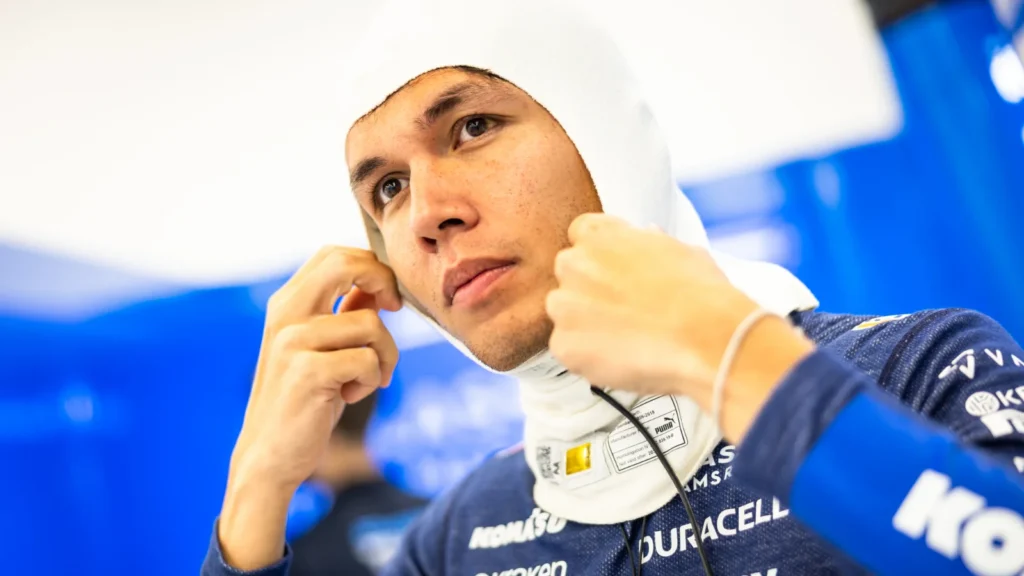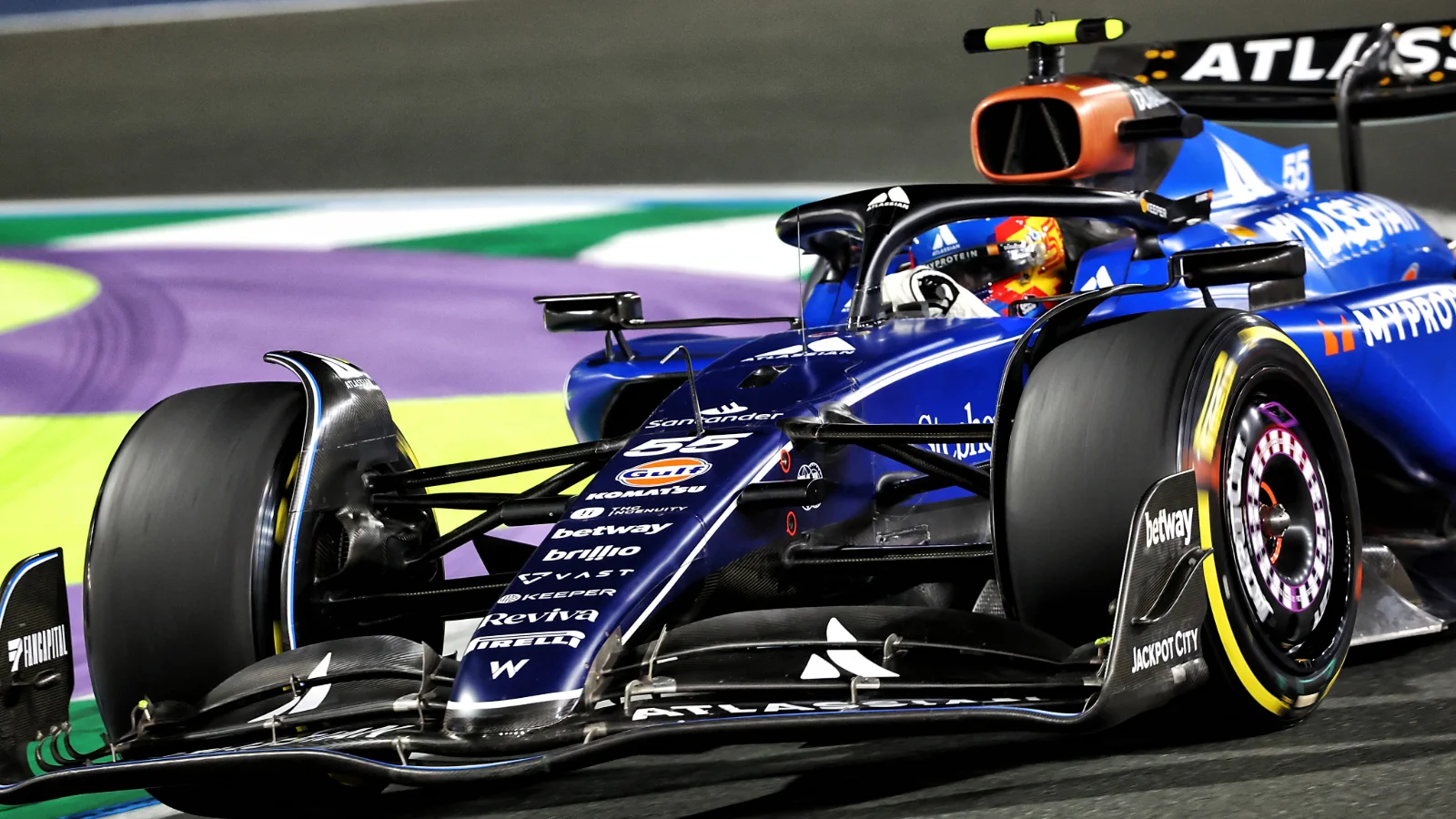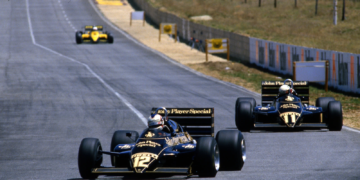Williams has called time on its wind tunnel development with the FW47. Instead, the Grove-based Formula 1 squad is switching its focus fully to 2026, and the call to make this decision comes at the perfect time.
Team Principal James Vowles has been adamant since he arrived at Williams in 2023, that the future was his priority. All the steps he’s made have been geared towards making a success of the new 2026 regulation changes, considered some of the biggest in F1 history with revisions to the power units, chassis and aerodynamics.
Vowels has inflated Williams’ workforce, signed two elite drivers long-term in Alex Albon and Carlos Sainz and painstakingly revised the team’s production processes.
Abandoning the development of its 2025 car early is the most crucial step in Vowles’ master plan. Like Red Bull in 2009, nailing a regulation cycle from the off can transform a team from a midfield runner into a championship contender, and latterly, winner.
But, abandoning the development of its 2025 machine early, in F1’s insanely tight midfield, will have short-term consequences for Williams, as Albon has explained.
“We have to be quite realistic,” the Anglo-Thai driver said in Saudi Arabia. “We don’t know what everyone’s doing in terms of priority for next year. We’ve gone off to a hot start, which kind of changes the dynamic of how well we want to do this season, or sacrifice next season. We want to make a big step for next year. Now is the time to score points, really. With a good start, we have to score points every weekend. We don’t know when the next midfield team is going to bring an upgrade and, when they do, that could be our run over.”

What Albon is implying is that rival teams that haven’t quite given up on 2025 development could soon overwhelm Williams and scupper its chance to add more points to its tally of 25 so far.
But that’s the thing. 25 points scored after five rounds is the strongest start Williams has made to a campaign since 2016 and is eight points more than it scored across the entirety of 2024.
So, even though Williams stands to lose ground as the year goes on, missing out on some sizeable chunks of prizemoney, the foundation built in the opening five races means the team has already avoided the risk of finishing rock bottom.
Looking at some of the teams at the foot of the table, it’s hard to see Williams finishing lower than eighth in the standings by the end of the year.
Sauber sits on six points, Alpine, is also on six with Aston Martin and Racing Bulls on 10 and eight points respectively.
Fernando Alonso has ruled out Aston Martin scoring many more points this season, and it’s widely accepted that Sauber is the slowest car on the grid. Alpine, although a match for Williams in certain races, so far has only Pierre Gasly to rely on scoring, whilst Jack Doohan gets up to speed, and Racing Bulls is prone to hindering its scoring opportunities through strategy miscues.
As a result, there are so many reasons to be really excited if you’re a Williams fan, knowing the drivers the team has in place and that Sainz has started to operate at the level we all know he can, leading Albon through its double-point scoring effort in Saudi Arabia.
In stacking all its chips on 2026, and if Williams gets its car right, next year could be a very strong campaign for the team with the Mercedes engine, which many believe will be the class-leading power unit in 2026.
Thanks to its strong start and high-level driving talent, Williams has the chance to sign off a sound 2025 with one eye on putting an even stronger season together next season.
READ MORE – Why Alex Albon has warned Williams’ points-scoring rate could slow in F1 2025









